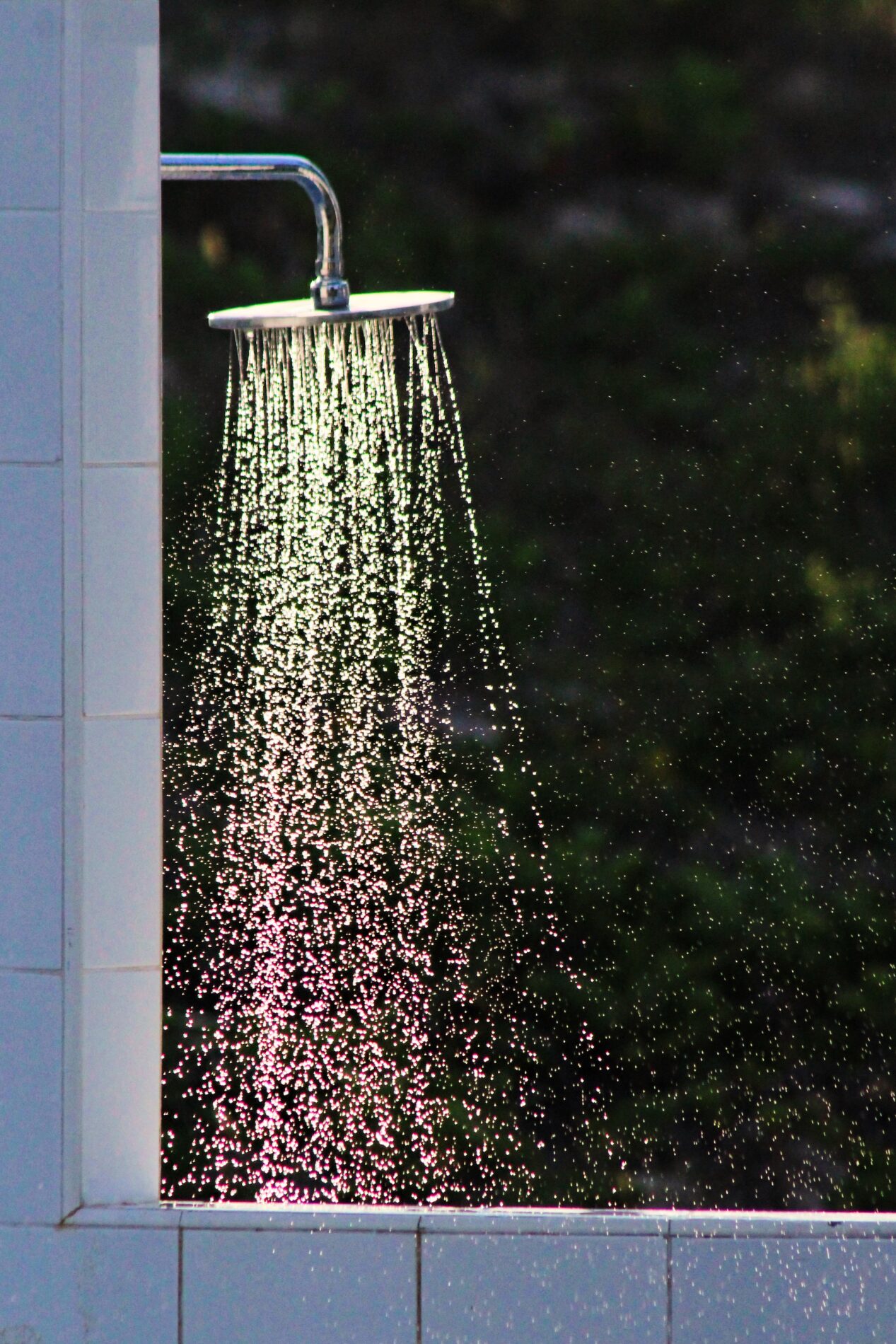We live in an era where medicines are becoming more expensive, viruses such as the Coronavirus are becoming more aggressive and the NHS is under duress like never before. So, it’s no surprise that landlords are under increasing pressure to ensure the good health and safety of their tenants.
While there’s nothing landlords can do about the contraction of common colds, for example, there are measures that can be taken to prevent tenants from hazards and illnesses present in their rental properties.
What is legionella?
Legionella, or legionella pneumophila as it likes to develop into, is a bacterium which is present in natural water sources as well as purpose-built water systems such as your average household hot water tank. These little bacteria can live quite hazard-free in our water systems and go mostly undetected. They only grow to dangerous levels when they become stagnant in water pipes. Legionella feeds from a feast of rust, scale and biofilm in our tanks and pipework and can multiply in size quickly when fresh water is not present to flush the gunk away.
How is legionella dangerous to tenants?
Water full of the legionella bacteria can be potentially fatal. Inhaling small droplets of contaminated water while in showers or baths can cause the tenant to contract an extremely dangerous form of pneumonia. This is called Legionnaire’s Disease. Drinking the infected water or being in close proximity to someone with Legionnaire’s Disease can also cause the onset of symptoms.
Who is at risk from the bacteria?
To be honest, everyone can contract Legionnaire’s Disease, but the legionella bacteria is most likely to affect people with poor immune systems, respiratory and heart problems, and the tenant’s age is also a factor; those over 45 are more at risk from legionella.
How landlords can beat the bacteria
Although the effects of legionella infected water are extremely dangerous, the likelihood of contracting Legionnaire’s Disease in a normal residential property where the water system is used regularly is very low. Considering there are small amounts of legionella present in around 1.5 million houses in the UK, only 532 confirmed cases of the disease were reported in 2018, according to the National Landlords Association.
From a practical perspective, a build up of legionella bacteria can be avoided by following these simple measures:
-
Flush out the water system before letting out a property, especially if the property has not been rented out for some time. This should ideally be done at least once a week.
-
Avoid any debris entering the household’s water system by ensuring that all tanks have tight-fitting lids and caps.
-
Making sure any old radiators, water pipes and drains are removed.
-
Remove all water heating systems where water is stored and replace with combi boilers and electric heaters.
-
Set the hot water to 60 degrees C to ensure any bacteria cannot survive
-
Inform the tenants to run taps if they’ve been away to flush out stagnant water and to regularly clean showerheads where cooled water can accumulate.
Legionella and a landlord’s responsibilities
While British Health and Safety law doesn’t legally require any formal legionella testing reports from landlords, the landlord has a legal responsibility to keep the tenant and property safe and free from health hazards, including the risk of exposure to legionella bacteria. This not only includes managing the risks from infections caused by household equipment, it also includes risks from faulty electrics, mould and the structural integrity of the building itself. If a tenant contracts Legionnaire’s Disease when renting a property, the landlord could, in some circumstances, be liable to prosecution.
What’s important to note, then, is that landlords do have to risk assess their properties even if the risk is low, and this assessment should be documented.
How Preseli Lettings can help
As the trusted letting agents for landlords across Pembrokeshire, we at Preseli Lettings offer a fully managed service to all our landlords. This includes our popular Empty Care Service, where we visit your property regularly while there are no tenants within and help you to comply not only with your insurance requirements but help to avoid instances of stagnant water and mould.
We can help take the stress of the risk of Legionnaire’s Disease being contracted by tenants away by a simple legionella risk assessment carried out by an independent contractor. We can arrange legionella risk assessments to be carried out by a qualified assessor who will check the temperature of each outlets to ensure they meet the maximum and minimum temperatures are being met to avoid legionella growth. They will check tanks in the loft, pipe ends and give recommendations if the risks are higher than they should be. Would you as a landlord know if the tank in your loft has an adequately fitting lid? Or that the temperature of the water coming out of your taps has been heated to an adequate temperature? In terms of managing the risk, that’s where we take over; we provide an advice leaflet to tenants in their tenancy packs about minimising the risks at the start of their tenancy and also have clauses in the tenancy agreements that tenants agree to adhere to. Things such as wiping down shower heads periodically or discharging the water from their garden hose pipes. This all covers the landlord in the unfortunate event that a legionnaires case occurs.
We also test smoke detectors, manage your mail and much more. Call us today to see how we can help take the stress out of a landlord’s duties!



